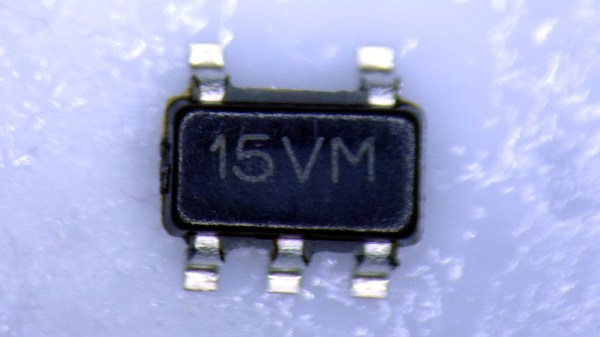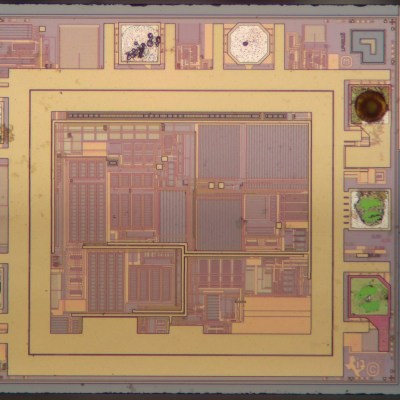[Etienne Sellan] got one of these lovely $5 logic analyzers. As with any shiny new tool, he started looking for things to investigate with it, and his gaze fell on a Sentry Safe (produced by Master Lock). On the surface level, this keypad-equipped safe is designed decently when it comes to privilege separation. You can take the keypad board off and access its backside, but the keypad doesn’t make any decisions, it merely sends the digits to a different board embedded behind the safe’s door. The solenoid-connected board receives the PIN, verifies it, and then controls the solenoid that unlocks the safe.
[Etienne] hooked up a logic analyzer to the communication wire, which turned out to be a UART channel, and logged the keypad communication packets — both for password entry and for password change. Then, he wrote some Arduino code to send the same packets manually, which worked wonders. Bruteforcing wasn’t viable, however, due to rate limitation in the solenoid controller. Something drew his attention from there – if you want to change the password, the keypad requires you enter the factory code, unique to each safe and supplied in the instruction manual. That code entry is a separate kind of packet from the “change password” one.
More after the break…
Continue reading “Anyone Can Be The Master Of This Master Lock Safe”






















